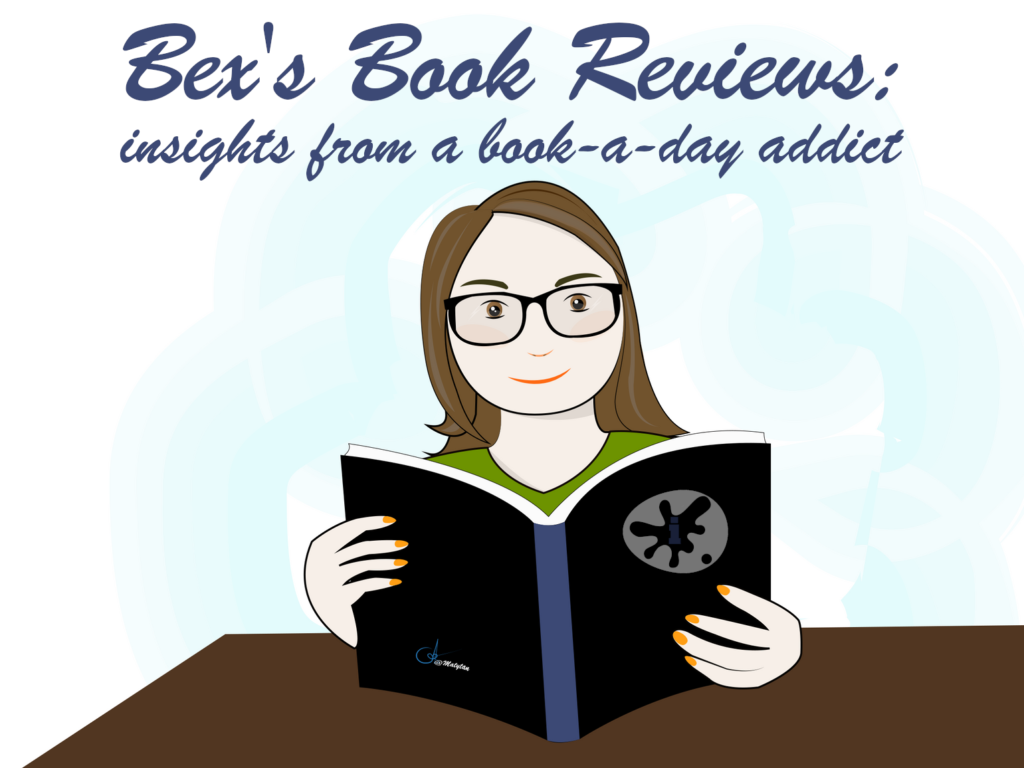
 Cozy mysteries like A Crafter Hooks a Killer have been a staple of my reading diet for a number of years. Both my mother and grandmother enjoyed the genre and before ebooks were a big thing, my mother would tuck used books into every package she sent me. Those paperbacks often ended up read multiple times because my reading options were limited when I didn’t want to read in translation.
Cozy mysteries like A Crafter Hooks a Killer have been a staple of my reading diet for a number of years. Both my mother and grandmother enjoyed the genre and before ebooks were a big thing, my mother would tuck used books into every package she sent me. Those paperbacks often ended up read multiple times because my reading options were limited when I didn’t want to read in translation.
For me, I read and enjoy the puzzle aspect of the genre: trying to piece together the clues and figure out who did it, preferably before the sleuth in the book. I also like an interesting main character with a comfortable voice.
A Crafter Hooks a Killer checks my requirement list for a good cozy. The reason for the main character’s sleuthing is compelling enough to suspend disbelief. She has sufficient access to the information of the case and doesn’t act like a total idiot while sleuthing. The mystery itself is introduced in a timely fashion (no slow start setting the stage) and has sufficient suspects to keep me intrigued.
As it is craft related, the book adds a pattern for an afghan at the end. I am unsure why the author also chose to add some recipes, but this is common. Their presence or absence makes no difference to me as a reader.
My rating for this book is a solid 3 stars. The things that keep me personally from rating it higher are unlikely to bother the average reader. So if you enjoy the genre overall or if you’re a reader looking for a distracting read with a bit of puzzle to engage your mind, this book is likely to fit your needs well.
I don’t want to risk a spoiler by explaining too much, but for me some aspects of the solution contribute to making the book a slightly less satisfying read than some others in the genre. It isn’t something that breaks genre convention–this sort of situation isn’t unusual in cozies, but for me it contributes to how much I enjoy the reading experience.
The author also makes copious use of italics and emphasis in the writing. Again, most readers don’t care, but for me excessive use of italics for thought (especially when coupled with thought tags) is disruptive. When the POV is primarily third person limited, I already expect everything I’m being told to be filtered through that character’s perspective, so the usage reminds me that I’m reading and pushes me out of a story.
Adding emphasis frequently to change the weight of words in lines generally also annoys me. In these cases, my brain feels compelled to reread the line several times and try to comprehend why the author finds that so significant. And when it is used frequently, it loses its power anyway.
Finally, the majority of the book is written in third person limited point of view. However, sometimes in the middle of a scene that has been primarily one character’s perspective, a few lines will crop up that are clearly from another character. The book lacks the narratorial voice to instead be omniscient. These small breaks generally seem unnecessary–they aren’t providing key information that couldn’t be shown in another way–and disrupt the flow.
But the average reader probably doesn’t recognize the distance or feel compelled to compare the stress placed on words to be annoyed like I am. And most never think about these trivial shifts in POV and they aren’t severe enough to make me dizzy from hopping heads. While these factors contribute to lowering my rating, the average reader is likely to rate the book higher and enjoy it more.
Note: I chose to download this book from NetGalley for review purposes. The copy I read was a prerelease version and some things may be fine-tuned in the final release.